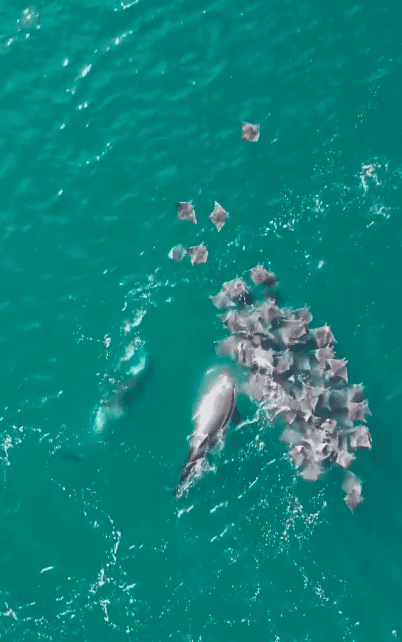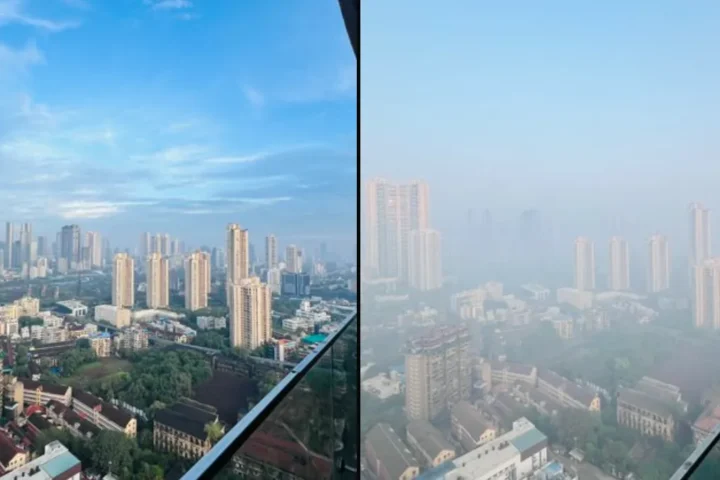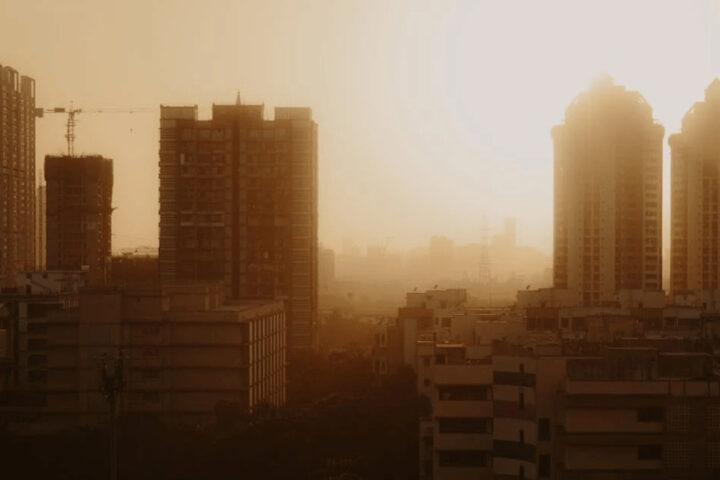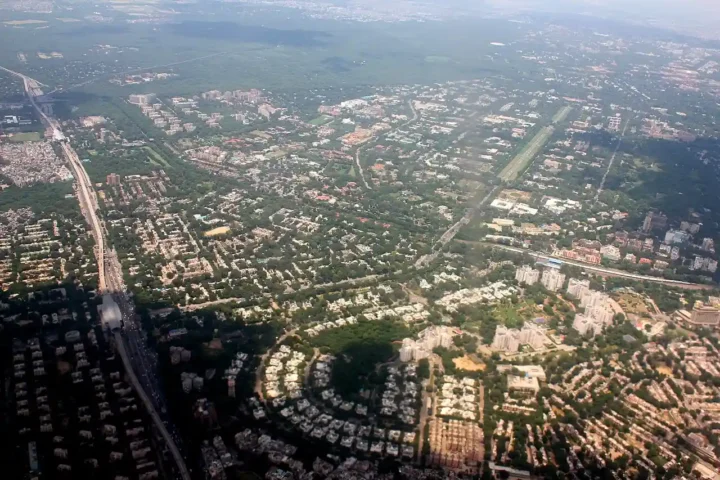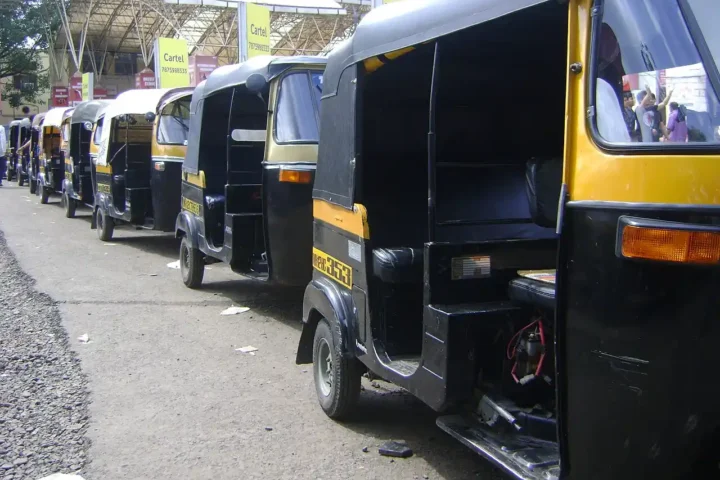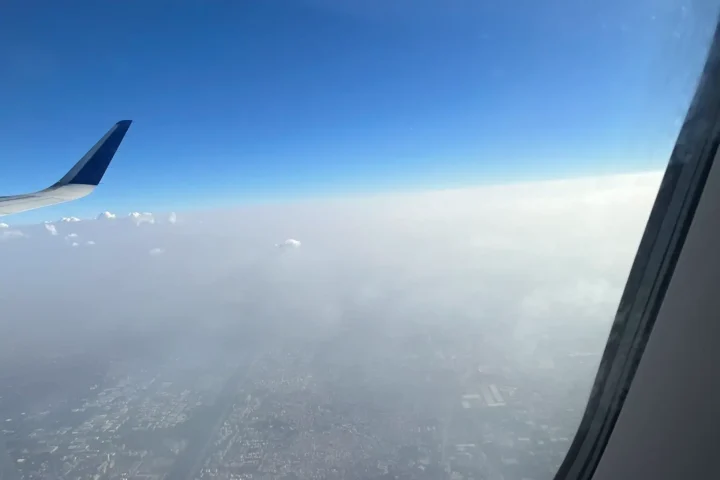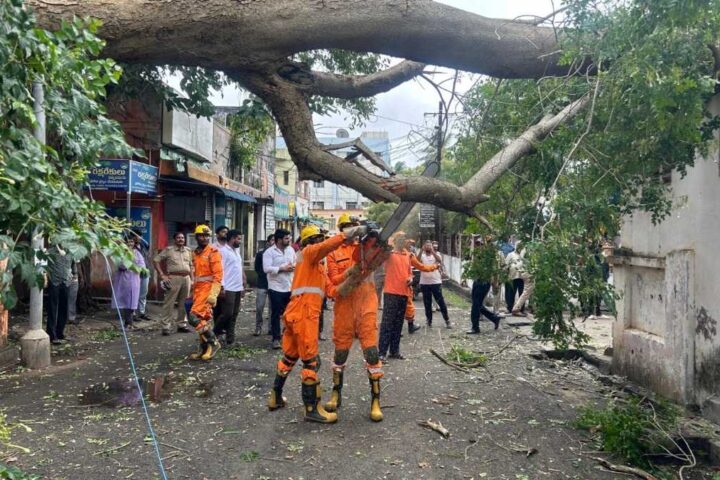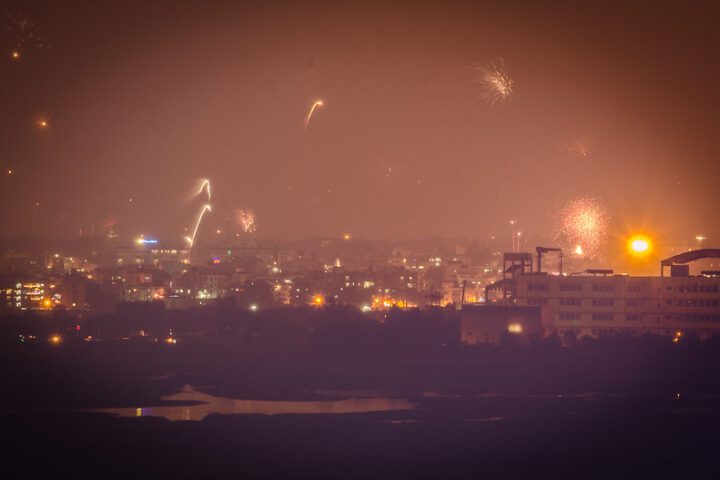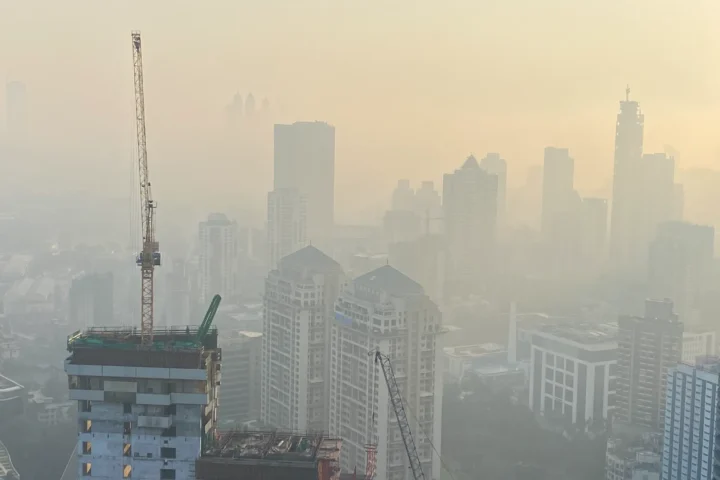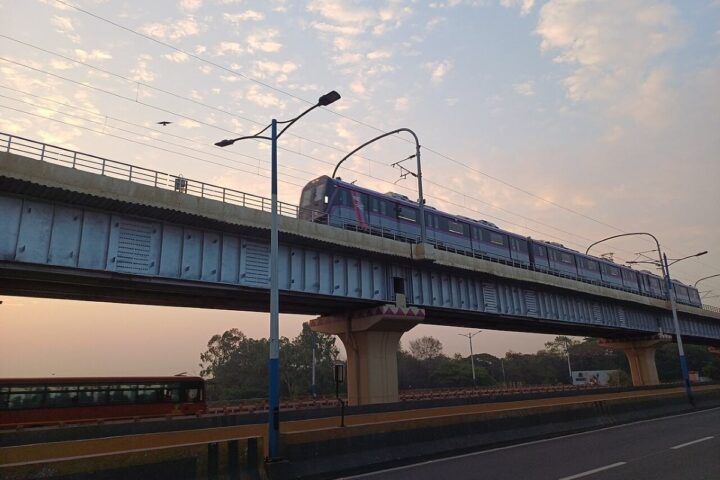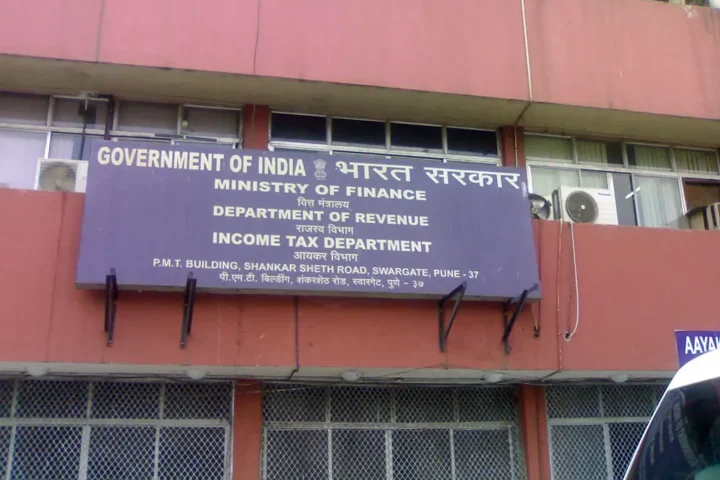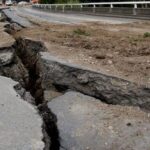The National Disaster Response Force is a para-military organisation comprised of 15 battalions, each battalion having 1149 workers. The task force, dedicated to search and rescue operations, came into being as a response to the natural disasters that struck the country like the Super Cyclone in Orissa in 1999, the earthquake in Gujarat in 2001 and the Indian Ocean Tsunami in 2004. The government laid down the Disaster Management Act in 2005. The act provided for the creation of the NDRF, which was specially constituted to rescue those affected by unnatural or natural disasters. Any situation deemed a disaster can require the deployment of this force, from floods, landslides, collapsed buildings, cyclones or other natural disasters. In recent years, the government has become proactive and responsible for deploying these forces. Often they are air-dropped into disaster zones where they work tirelessly to protect and defend the survivors. NDRF Remain The Unforgettable Heroes In Disaster Prone Areas Of India, The NDRF began as an eight-battalion-strong disaster force but has grown more prominent in lieu of their need. The NDRF is now a distinguished, one-of-a-kind force operating throughout the country under the Ministry of Home Affairs, Government of India, and the Director-General’s overall command, control, and leadership.
The NDRF has proven its worth to this country many times. Over and over, in incidents all over the country, the NDRF has moved to save and rescue victims. In floods, cyclones or earthquakes, their rapid response has been imperative in protecting the citizens of our country. Its first major foray was in the Kosi Floods of 2008. The immediate reaction from the NDRF with over 780 personnel from the three battalions in motor boats. Their quick response helped save more than 1,00,000 victims. The NDRF also played an important role in the terrible 2014 floods in Jammu and Kashmir. In their first delve into flooding of this level. Houses were submerged, bridges and roads were broken, electricity was out, and people were left stranded on the roofs of their homes. The NDRF mobilised twenty-three teams, and 50,000 people were rescued in this endeavour. Also, in 2015, the NDRF worked relentlessly in a marathon of rescue operations in the Bilaspur tunnel accident when two workers were trapped in an under-construction tunnel.
The NDRF has been imperative in the floods that stuck Assam yearly. Last year the NDRF deployed 26 of their teams to work in the 14 districts affected by the flooding. Their efforts helped save 17,500 people and 32 cattle. The NDRF also set to work in Maharashtra last year to help people affected by the floods and landslides. They rescued around 1800 people and retrieved 52 dead bodies while searching for missing people. Also, in the last year’s floods in Kerala, they mobilised 11 teams concentrated in the south and central parts of the state to provide relief to the most heavily affected areas.
The NDRF has also served globally. The response force went to work in the Nepal earthquakes in 2015 April. They were the first force to arrive at the scene and worked quickly to save the victims of this disaster. When an earthquake struck Japan in 2011, the NDRF mobilised to help the nation from the tsunami and the following nuclear emergency.
NDRF Remain The Unforgettable Heroes In Disaster Prone Areas Of India, Currently NDRF is on field in rescue and help operations around India during the monsoon season. Be it the worser Assam floods or the sudden rains bursts in Himalayan regions. Monsoon in India is their most active period and in the face of nature’s wrath, NDRF stands strong to help life.


